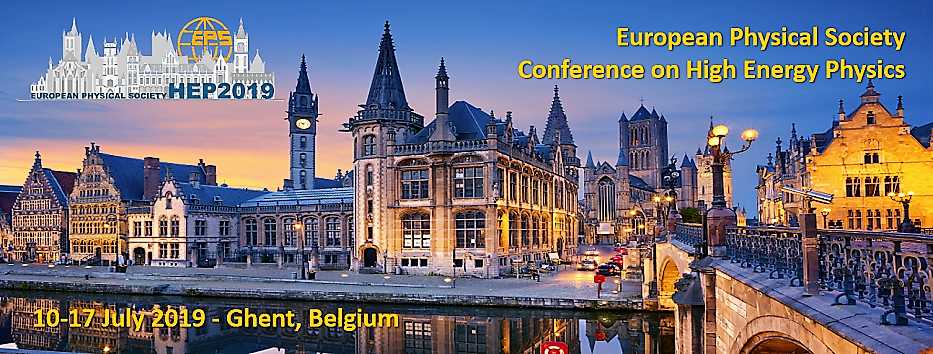Speaker
Description
The study of heavy-flavour (charm and beauty) production is important to understand the properties of the Quark-Gluon Plasma (QGP) formed in ultra-relativistic heavy-ion collisions, since heavy quarks are produced in the initial stages of the collisions and subsequently interact with the medium throughout its evolution.
In the QGP, strange quarks are expected to be abundantly produced and may recombine with charm quarks leading to an enhancement of the nuclear modification factor ($R_{\rm AA}$) of ${\rm D}_{\rm s}^{+}$ mesons over other charmed meson states at low and intermediate $p_{\rm T}$. The measurement of elliptic flow ($v_{2}$) of ${\rm D}_{\rm s}^{+}$ mesons is useful to determine the degree of thermalization of charm quarks in the collective expansion of the QGP. In addition, charm quarks could recombine with light di-quark states in the medium, which would lead to an enhancement of the production of the $\Lambda_{\rm c}/{\rm D}^{0}$ baryon-to-meson ratio as compared to that in pp collisions. Precise measurements of these particle species in Pb--Pb collisions, therefore, give a deeper insight into the hadronisation mechanisms that heavy quarks undergo in the strongly-interacting medium.
In this talk, we will discuss the latest results measured with ALICE for $\Lambda_{\rm c}$-baryon and ${\rm D}_{\rm s}^{+}$-meson production in Pb--Pb collisions at $\sqrt{s_{\rm NN}}=5.02$ TeV, using data from Run 2 of the LHC. The nuclear modification of $\Lambda_{\rm c}$ yield and the $\Lambda_{\rm c}$-to-${\rm D}^{0}$ ratio will be presented, along with the $R_{\rm AA}$ and $v_{2}$ of ${\rm D}_{\rm s}^{+}$ mesons.
